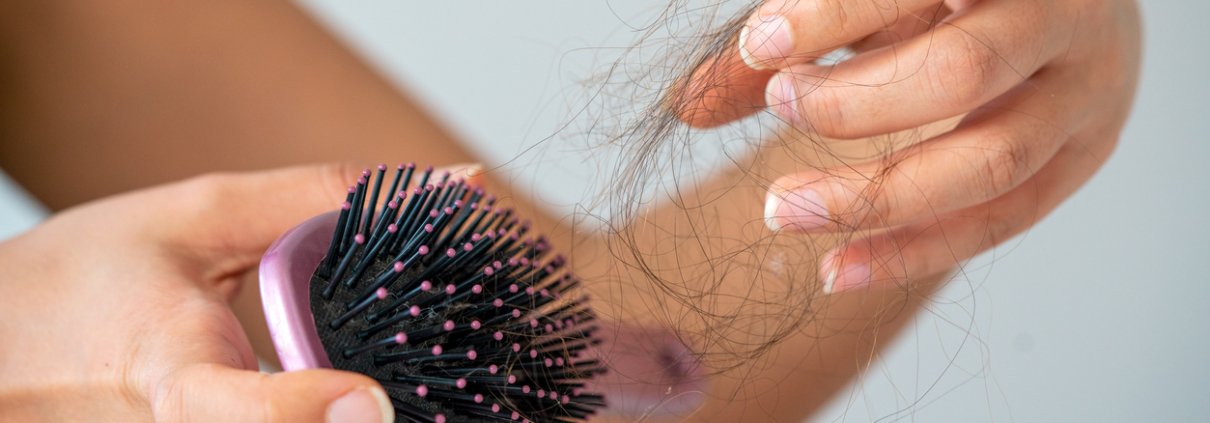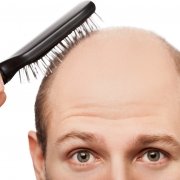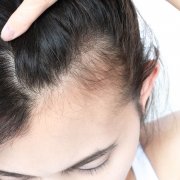Hair Replacement and Hair Loss: Facts and Myths
Did you know that 50-100 hair strands fall out of your head every day? Hair fall is a part of the natural hair cycle: some strands fall off, and new ones grow back in. However, when your scalp, or any part of your body, stops replacing fallen hair, you may have a hair loss problem.
Unfortunately, a lot of incorrect information is spread about hair loss and hair replacement. This can cause you to misunderstand your condition, as well as your treatment options.
Here are some commons myths and facts to help educate you on the subject.
Myth: Only Men Go Bald
Some people think only men go bald due to hair thinning and loss. While losing hair is more common in men, women also experience it. According to the US National Library of Medicine, around 50 million men and 30 million women experience this condition.
Men older than 50 years old and women at the post-menopausal stage usually experience hair loss. However, age is not the sole culprit for hair loss. Younger men and women can experience this issue for a variety of different reasons.
Additionally, some people believe wearing hats can cause baldness. So, some men often avoid wearing hats or caps. However, this information is a myth. Hats can provide extra protection against the sun, which in turn protects your hair.
Myth: Stress Doesn’t Cause Hair Loss
Many people believe stress doesn’t play a role in hair loss. However, excessive emotional stress can result in at least temporary hair thinning.
Stress doesn’t only pertain to mental stress. Some hairstyles inflict physical stress on your hair and its roots. For example, wearing braids and tight ponytails can pull your hair roots. This physical stress can then result in traction alopecia.
If you wear tight hairstyles, such as curls and braids, you may increase the rate of your hair loss. It helps to let your hair down more often to prevent physical stress.
Fact: Hair Loss Is A Result Of Numerous Factors
If you’re worried about being stressed to the point of losing hair, remember there are other factors playing their part, too. The most prominent cause of hair loss is heredity. If your family has androgenic alopecia, there’s a chance for you to develop this hair condition eventually.
Androgenic alopecia, along with the following factors, can increase your chances of hair loss:
- Aging
- Certain medical conditions
- Certain medical treatments and medications
- Hormonal changes (pregnancy, menopause, and hormone imbalance)
- Certain hairstyles and treatments
- Excessive sun exposure
Hormonal changes as well as medical conditions like diabetes, lupus, and alopecia areata can cause temporary or permanent hair loss. Scalp infections from ringworm can also cause hair loss resulting in blank patches in the scalp.
As for medical treatment factors, hair loss can come as a side-effect. During chemotherapy, the medications you receive cause hair to fall out. Fortunately, the hair loss is usually just a temporary side effect. You should also consult with your doctor if you’re taking any medications for arthritis, depression, gout, high blood pressure, or heart problems.
Myth: You Get Someone Else’s Hair During Hair Transplantation
People usually think that hair transplantation involves getting someone else’s healthy hair and reinserting it to a patient’s bald spots. Actually, unlike organ transplantation, hair transplantation requires no other donors but yourself.
During hair transplantation, your doctor will take hair follicles from other parts of your scalp and transplant them to the affected areas, so healthy hair can grow there again. The donor sites are usually the sides or back of the scalp. These areas aren’t usually affected by hair loss and are thus thicker and more stable for transplantation.
Fact: Hair Replacement Treatments Are Diverse
There are many types of hair replacement treatments. However, permanent cosmetic treatments like hair transplantation are usually the only things that come to mind when we say hair replacement.
Hair transplantation can be differentiated into two procedures: follicular unit extraction (FUE) and follicular unit transplantation (FUT).
During FUT, your doctor will take off a strip of hair from your scalp. From there, your doctor will separate groups of follicles and transplant them to the affected bald spots. People usually see natural results within 6-9 months after this treatment.
On the other hand, FUE involves the removal of individual hair follicles. So, while this procedure usually takes longer to complete, it has these benefits:
- Less visible scarring
- Less post-op pain
- Less healing time
- Larger number of harvestable hair
- More choices for donor sites
- Natural looking results
To enhance the benefits of hair transplant surgery, Darling Hair Restoration offers ACell PRP hair treatments. ACell PRP uses your body’s natural healing abilities to improve the effects of hair transplant. You’ll experience faster recovery, decreased hair loss, and better hair quality.
Hair Replacement Treatments In Kansas City, Des Moines, And Liberty
Losing hair isn’t the result of a singular event. Heredity, age, stress, medical treatments, and hairstyling all play a role in permanent and temporary hair loss. Luckily, hair replacements and transplantations can produce natural results for those who want to remedy their hair loss.
If you’re suffering from hair loss, visit Darling Hair Restoration to learn about your treatment options. Dr. Darling is an expert at hair replacement and transplantation procedures.
Don’t hesitate to call us for any inquiries at (816) 792-3400. You may also book an appointment online. We look forward to helping you regain healthy hair!










